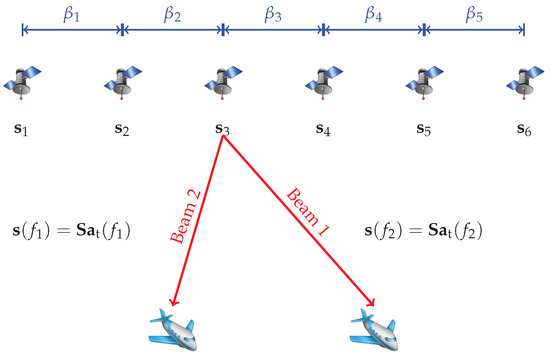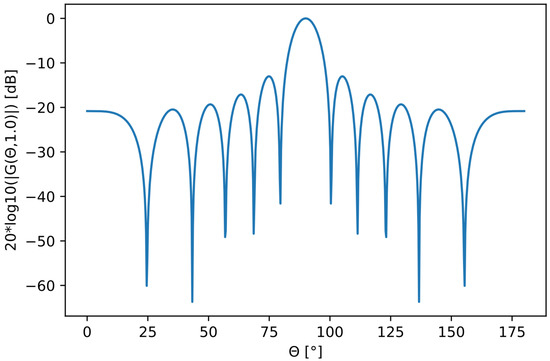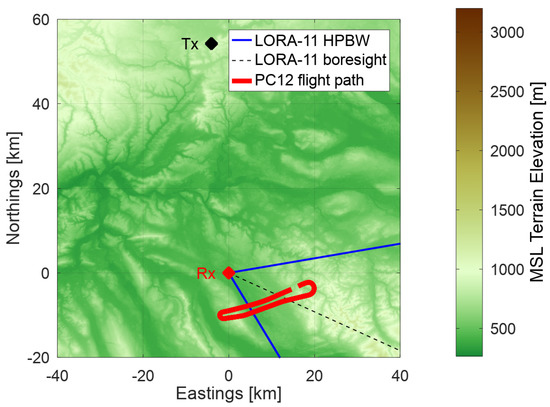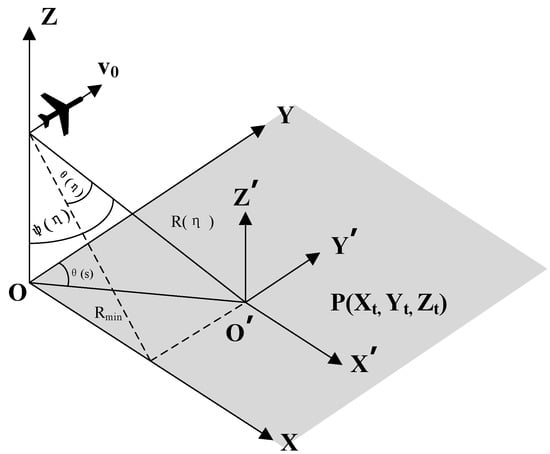Radar, Sonar and Navigation
A topical collection in Sensors (ISSN 1424-8220). This collection belongs to the section "Radar Sensors".
Viewed by 14058Editor
Interests: radar navigation; comparative (terrain-based) navigation; multi-sensor data fusion; radar and sonar target tracking; sonar imaging and understanding; MBES bathymetry; ASV; artificial neural networks; geoinformatics
Special Issues, Collections and Topics in MDPI journals
Topical Collection Information
Dear Colleagues,
In recent years, navigation, especially autonomous navigation, has become one of the most important research areas in the world. Navigation, including autonomous navigation, is rapidly developing in air, land, surface water and underwater environments. The electronic eye of the navigator was and is remote sensing sensors—radar and sonar. They provide data in the full measurement sphere in the air and in the water. The rapidly developing new technologies, such as multi-sensor data fusion, Big Data processing and deep learning, are opening up new areas of application, improving sensors and applied navigation systems. The impact of artificial intelligence on the processing and understanding of sensor data is particularly pronounced. Radar, sonar, and vision sensors, and other sensors mounted onboard smart and flexible platforms, are bringing new qualities to the field of navigation applications, and on different types of unmanned vehicles in all kinds of environments. These technologies, focusing on autonomous unmanned navigation, represent contemporary scientific challenges.
In this Topic Collection, we will collect articles on many aspects of radar, sonar measurement technology and advanced navigation problems, mainly realized based on these sensors including applications to autonomous unmanned vehicles, such as autonomous navigation, multi-sensor fusion, processing of large amounts of radar and sonar data for in-vehicle navigation, synergy of radar and sonar sensors in the navigation guidance process, object detection and tracking algorithms, non-GNNS navigation, multi-sensor data fusion and artificial intelligence methods for navigation. Topics in this TC include, but are not limited to, the following keywords:
- Radar and sonar surveillance systems.
- Radar and sonar target detection, tracking and anti-collision algorithms and methods.
- Radar and sonar data processing, data reduction, feature extraction, and image understanding.
- Radar and sonar technology for autonomous vehicles.
- Synergy between radar, sonar, and other sensors.
- 3D radar and 3D sonar for navigation.
- Multi-sensor data fusion for navigation.
- Sensors based autonomous navigation.
- Comparative (terrain reference) navigation.
- Underwater navigation.
- Non GNSS autonomous navigation.
- Artificial Intelligence for navigation and remote sensors data processing.
- Big data processing for navigation.
- Path-planning methods for autonomous vehicle navigation.
- Deep learning algorithms for navigation.
Prof. Dr. Andrzej Stateczny
Collection Editor
Manuscript Submission Information
Manuscripts should be submitted online at www.mdpi.com by registering and logging in to this website. Once you are registered, click here to go to the submission form. Manuscripts can be submitted until the deadline. All submissions that pass pre-check are peer-reviewed. Accepted papers will be published continuously in the journal (as soon as accepted) and will be listed together on the collection website. Research articles, review articles as well as short communications are invited. For planned papers, a title and short abstract (about 100 words) can be sent to the Editorial Office for announcement on this website.
Submitted manuscripts should not have been published previously, nor be under consideration for publication elsewhere (except conference proceedings papers). All manuscripts are thoroughly refereed through a single-blind peer-review process. A guide for authors and other relevant information for submission of manuscripts is available on the Instructions for Authors page. Sensors is an international peer-reviewed open access semimonthly journal published by MDPI.
Please visit the Instructions for Authors page before submitting a manuscript. The Article Processing Charge (APC) for publication in this open access journal is 2600 CHF (Swiss Francs). Submitted papers should be well formatted and use good English. Authors may use MDPI's English editing service prior to publication or during author revisions.
Keywords
- radar and sonar surveillance systems
- radar and sonar target detection, tracking and anti-collision algorithms and methods
- radar and sonar data processing, data reduction, feature extraction, and image understanding
- radar and sonar technology for autonomous vehicles
- synergy between radar, sonar, and other sensors
- 3D radar and 3D sonar for navigation
- multi-sensor data fusion for navigation
- sensors based autonomous navigation
- comparative (terrain reference) navigation
- underwater navigation
- non GNSS autonomous navigation
- artificial intelligence for navigation and remote sensors data processing
- big data processing for navigation
- path-planning methods for autonomous vehicle navigation
- deep learning algorithms for navigation













